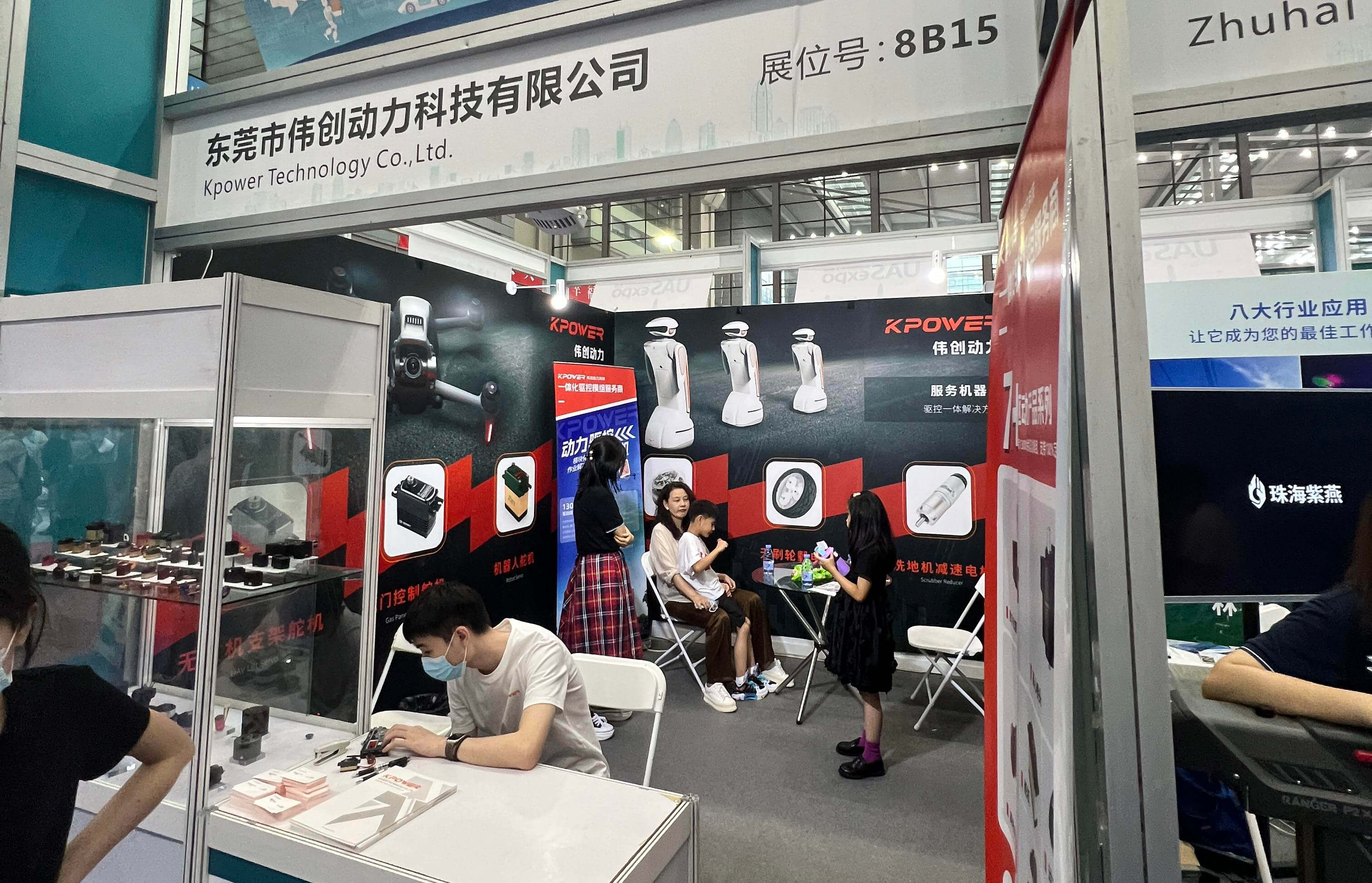In the rapidly evolving landscape of modern technology, automation stands at the forefront of innovation. From autonomous vehicles to sophisticated robotic arms, the quest for precision and adaptability fuels a continuous cycle of development. Among the essential building blocks of this technological revolution are servo motors and ultrasonic sensors—two components that, when combined, open a realm of possibilities for creating intelligent, responsive, and efficient systems.

Understanding the Basics: Servo Motor and Ultrasonic Sensor
Before delving into their synergy, it’s beneficial to understand each component separately. A servo motor is a compact rotary or linear actuator that provides precise control of angular or linear position, velocity, and acceleration. Unlike standard motors, servos incorporate a feedback mechanism—commonly a potentiometer or encoder—that continuously relays the motor’s position, enabling highly accurate adjustments. This makes servo motors indispensable in robotics, CNC machinery, camera systems, and anywhere precise movement is necessary.
On the other hand, ultrasonic sensors utilize high-frequency sound waves to measure distance. They function by emitting ultrasonic pulses and listening for the echo that bounces back from an object. The time it takes for the echo to return directly correlates with the distance to the object, allowing for real-time detection of surroundings. These sensors are known for their affordability, simplicity, and effectiveness in a variety of applications, including obstacle avoidance, parking assistance, and level sensing.
Synergy in Action: Why Combine Them?
The true power emerges when you integrate a servo motor with an ultrasonic sensor within a unified system. Imagine a robotic arm that can automatically position itself to pick up objects, or an autonomous vehicle that navigates its environment with precision—both rely heavily on this seamless interaction. Using ultrasonic sensors as the "eyes" of the system, detecting objects and measuring distances, coupled with servo motors as the "muscles," executing precise movements based on that data, results in a harmonious, intelligent device.
This integration hinges on feedback loops and control systems, often managed by microcontrollers like Arduino or Raspberry Pi. The microcontroller reads the ultrasonic sensor data, processes it, and then commands the servo motor to rotate or move to a precise angle or position accordingly. This setup turns simple components into a smart, responsive system capable of dynamic interactions.
Practical Uses in Robotics and Automation
One of the most straightforward yet compelling applications is obstacle avoidance in mobile robots. Picture a small robot navigating a room: ultrasonic sensors serve as its eyes, constantly measuring the surroundings, while the servo motors control its wheels or steering mechanism. When an obstacle is detected within a defined threshold, the microcontroller instructs the servo to steer away or halt, enabling automatic, obstacle-free movement.
Another common example is automated mirrors or camera servos that track objects or maintain focus. For instance, an ultrasonic sensor can determine the distance to an object, prompting a servo motor to angle a camera or sensor module accordingly, ensuring continuous focus or alignment. This application is prevalent in security systems or interactive displays.
In industrial settings, robotic arms equipped with ultrasonic sensors and servo motors can perform precise assembly tasks, quality checks, or material handling. The sensors offer real-time feedback on object positions, while the servo motor adjusts the arm's position with pinpoint accuracy. This combination boosts efficiency and reduces errors, especially in repetitive tasks that demand consistency.
Key Components for Building Your System
To experiment or develop these systems, you'll need several essential parts:
Servo Motor: Choose based on torque, speed, and size requirements. Standard hobby servos like the SG90 are suitable for lightweight projects, while more powerful servo motors handle heavier loads. Ultrasonic Sensor: HC-SR04 is a widely used model due to its affordability and simplicity, but other sensors like the MaxBotix series offer longer range and better resolution. Microcontroller: Arduino Uno, Arduino Mega, or Raspberry Pi serve as the brains, interpreting sensor data and sending commands to the servo. Power Supply: Adequate power is crucial; ensure your servo and sensors have stable voltage and current. Connecting Cables and Mounts: Proper wiring and sturdy mounts for sensors and motors ensure accuracy and durability.
Designing Your First Project
Starting simple is always wise. Create a system where the ultrasonic sensor detects your hand or an object, and the servo motor responds by turning to face the object or move a connected component. Such an experiment lays the groundwork for more complex robotics, like autonomous vehicles or interactive exhibits.
In the next part, we'll explore more advanced integration techniques, delve into programming specifics, and showcase innovative applications pushing the boundaries of what combined servo motors and ultrasonic sensors can achieve.
Established in 2005, Kpower has been dedicated to a professional compact motion unit manufacturer, headquartered in Dongguan, Guangdong Province, China.




































